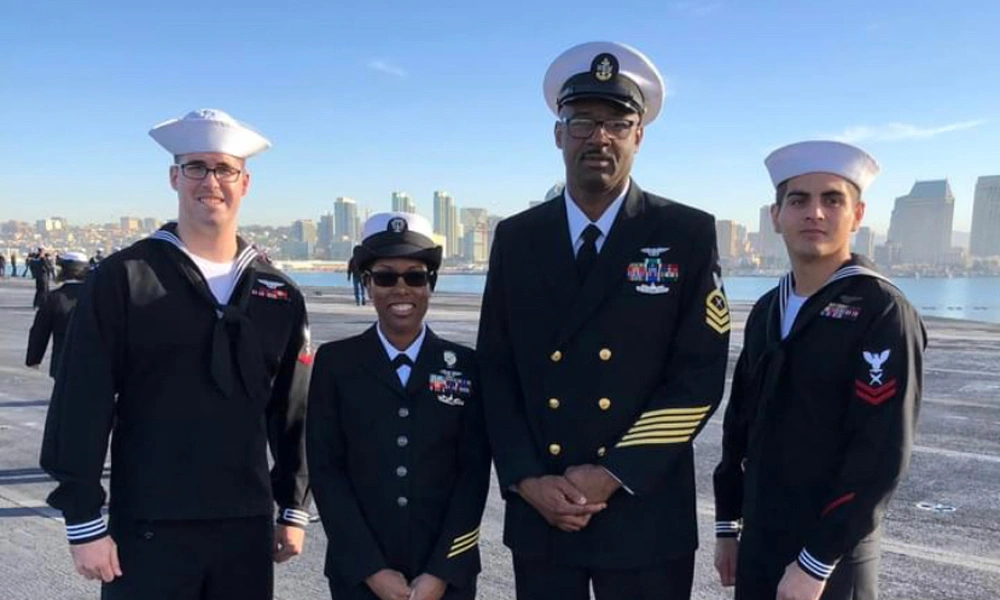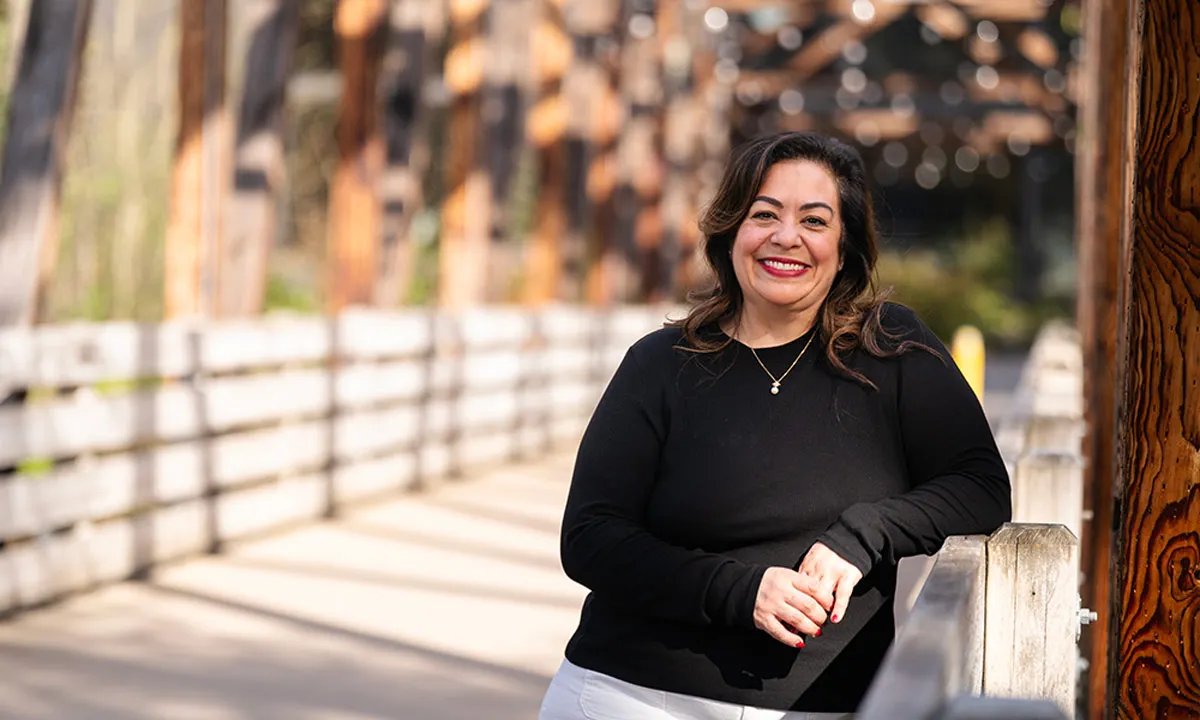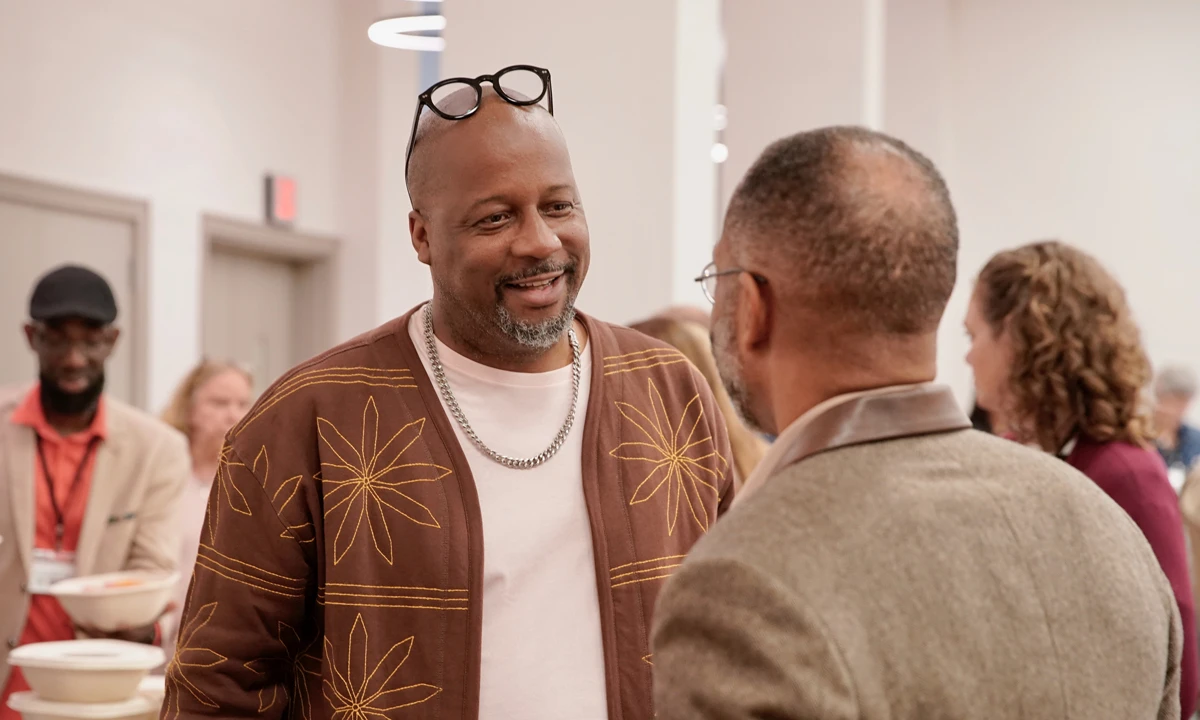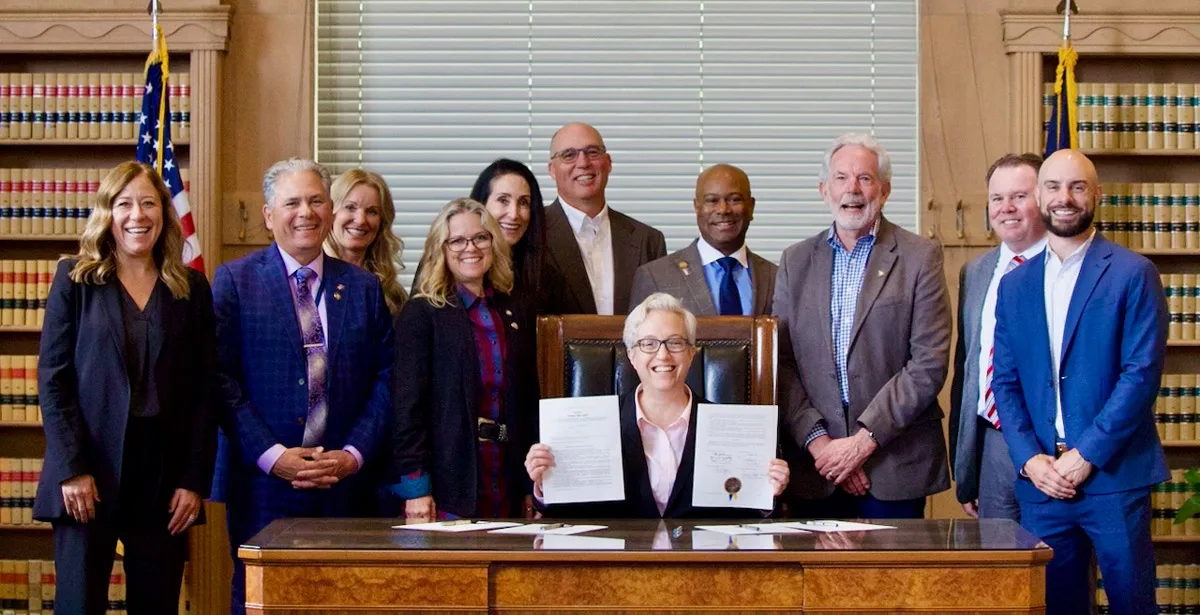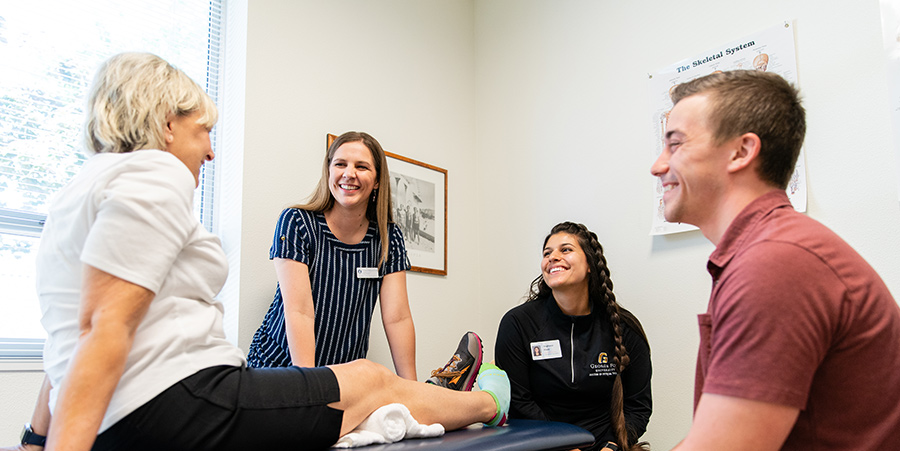
‘We Work Better Together’: Interprofessional Education at George Fox
George Fox grows innovative leaders through interprofessional education in holistic healthcare.
There’s something that happens when you just click with a team.
It might feel like magic, but from a neuroscience standpoint, this can be attributed to neurons that are firing nearly in sync as you bounce ideas off one another. Daniel Kang, executive dean of health sciences, hopes to foster this kind of synergic teamwork and use it to solve big-picture problems that require experts in a variety of disciplines.
“My real hope is that we create this culture of working together and that we see it as a really great way for us to be productive,” Kang says. “We need each other. It’s the design that God created us to do.”
An Emerging Strategy for Success
Interprofessional collaboration itself isn’t new to the healthcare workforce, but studying it in graduate programs is an emerging strategy for future success. Kang hopes that through this type of education, students will click more often and feel energized and empowered when working together.
“We want to help our students be leaders in healthcare,” Kang says. “And to be leaders in healthcare, you have to do things that are different.”
Kang has been exploring these possibilities with George Fox’s Interprofessional Steering Committee, which encourages faculty across health professions to collaborate on how to improve healthcare. This involves professors from a variety of programs, including physical therapy, nursing, psychology, counseling, social work, and the physician assistant program.
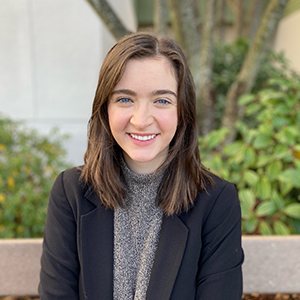
“Interprofessional education prepares our students to keep up with the direction the healthcare system is moving – toward holistic, whole-person care,” says Shelby Powers, who is studying in George Fox’s doctor of psychology program. “It helps us to move beyond our silos of expertise and share our hard-earned insights with one another, allowing us to participate in diverse teams that provide a significantly higher quality of care to patients.”
When the IPE Steering Committee began to work on interprofessional education at George Fox, a common issue they noticed was that the different sectors of healthcare didn’t interact with each other very often, and students were frequently unaware of what their peers were learning if they were in another discipline.
This didn’t match what students would be expected to do in the workplace post-graduation. In particular, in hospitals, it is common to hold “grand rounds” when healthcare professionals work together on a plan for a patient.
Focusing on the Whole Person
Kang describes the teamwork required for interprofessional collaboration in a grand round as similar to putting together a puzzle. Everyone is contributing different pieces, but the common goal of helping the patient as a whole person is the same for the entire team.
The committee noticed that people who have already had interprofessional education at school have an easier time listening to and sharing with each other, Kang says. This promotes a less intimidating conversation that allows healthcare professionals to share a variety of perspectives while brainstorming creative, innovative solutions for the patient.
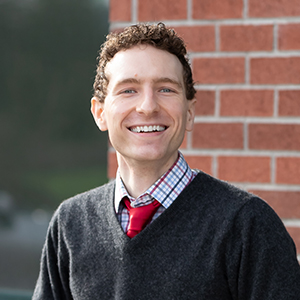
“There is a lot of value and importance in building a care team that can use their strengths to cover each others’ weaknesses, rather than one profession trying to stretch itself too thin and into areas it hasn’t had as much experience with,” says Ethan Gladhill, who is studying in George Fox’s physician assistant program. “People working in healthcare aren’t expected to, and really shouldn’t, try to handle everything at once as a one-person army.”
Kang hopes to make an impact on the greater community by creating a culture where students are encouraged to solve problems as a team, regardless of discipline.
“Interprofessional education is really teaching people how to work in a team to solve a large problem, instead of you individually trying to solve your own problem in your own siloed care,” Kang says.
Breaking Down Silos
Kang expands on this idea of breaking down silos during a George Fox Talks episode in which he interviews Assistant Professor of Clinical Psychology Amber Nelson and Assistant Professor of Clinical Psychology Daniel Rodriguez.
Another example of interprofessional collaboration is the Journal of Interprofessional Education and Research, spearheaded by Kang and Chair of Undergraduate Psychology Chris Koch from George Fox, in partnership with Kristen Slabaugh and Heather Hudson from Messiah University and Baylor University.
This collective work from a variety of disciplines is expected to launch in 2024, and it will include case studies that other universities can use for events and lectures surrounding interprofessional education.
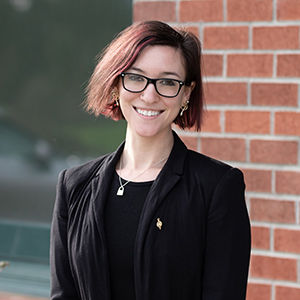
“Patients are never one-dimensional – many patients will require coordination and management from multiple disciplines,” says Rachel Surridge, who is studying in George Fox’s physician assistant program. “I hope that my interprofessional education allows me to augment the patient experience and ultimately improve patient outcomes.”
George Fox holds its own interprofessional education events twice a year – once in the fall, which is fully online, and once in the spring, which is on the George Fox campus.
During these events, students work together in interprofessional groups to solve case studies, closely emulating what interprofessional collaboration will look like in their future jobs. There is also typically a panel of faculty answering questions, as well as time for students to socialize and make new connections beyond their major.

“These events are an excellent opportunity to witness why collaboration is so vital in healthcare settings, as each profession provides a unique, valuable perspective on an aspect of patient care,” says Ramya Kantharaj, who is studying in George Fox’s clinical psychology program. “You truly realize the importance of each member on the interprofessional team – and the drawbacks of not including one or more members in collaborative discussions.”
Kang says this type of collaboration is essential for identifying and solving larger issues inside and outside of healthcare.
“That’s one of the great things about George Fox,” Kang says. “We want people to be known, but I’m also hoping that we can be known for solving problems.”
What problems do you want to help solve? To learn more about your opportunities at George Fox, we invite you to explore these programs:
